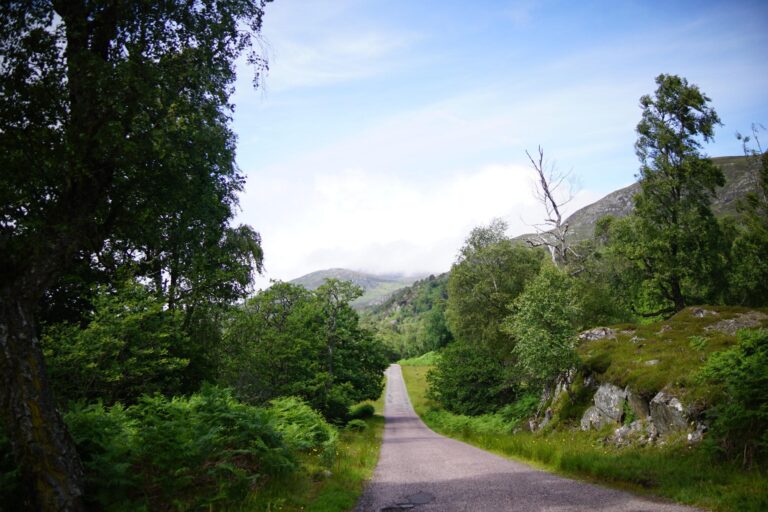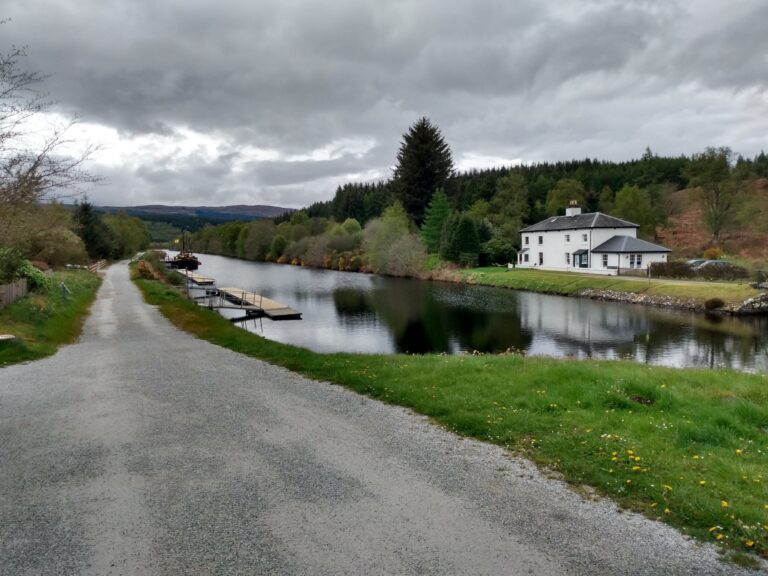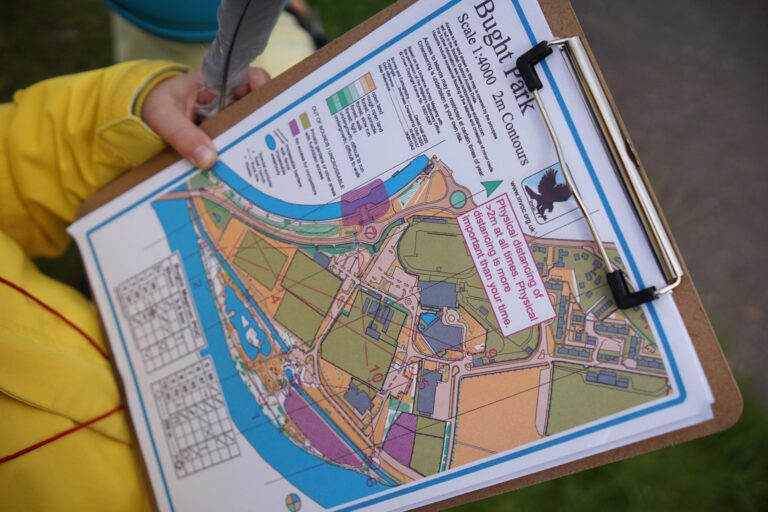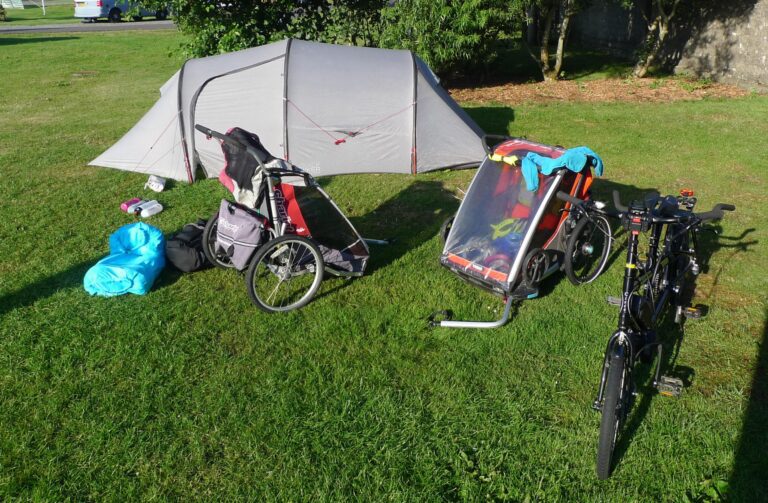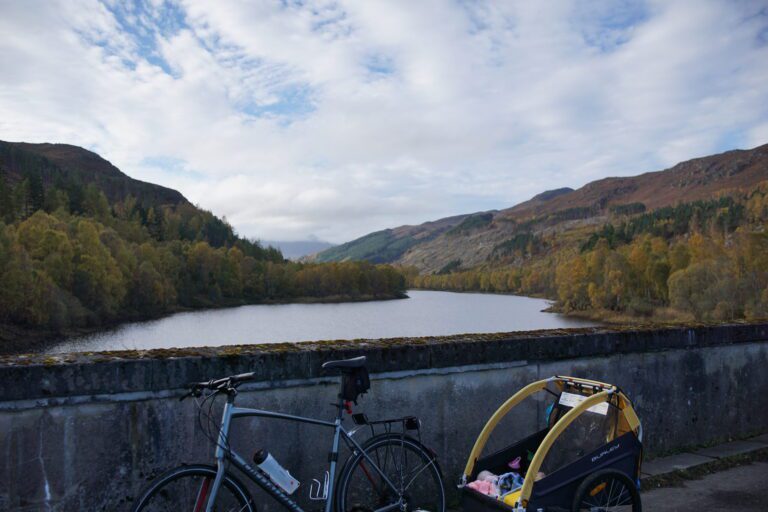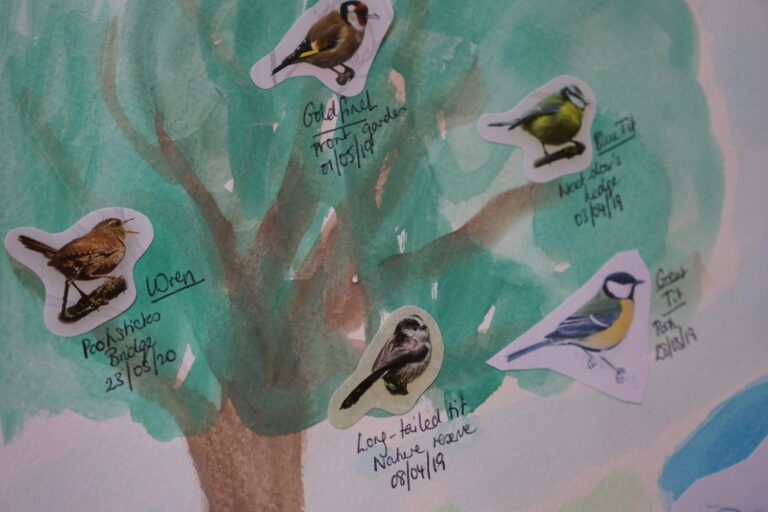Map skills for children: Using a compass


This post is the first in a series on Map Skills for Children.
Before getting started with a compass, check whether your child knows the words North, South, East and West, and understands what they mean. We used a toy globe to learn about the North and South Poles. Then we went outside on a sunny day and talked about how the Sun rises in the East, goes round via the South and sets in the West. When the sun is at its highest point, about noon, we can use shadows to find out where North and South are. [NB: Remind children not to look directly at the sun. You can use shadows instead to help you check the position of the sun.]
It can be hard to remember which way round East and West are. A few rounds of the game Simon Says, running to the different compass points, might help to reinforce it. Alternatively, your child might enjoy the mnemonic: ‘Never Eat Shredded Wheat’.
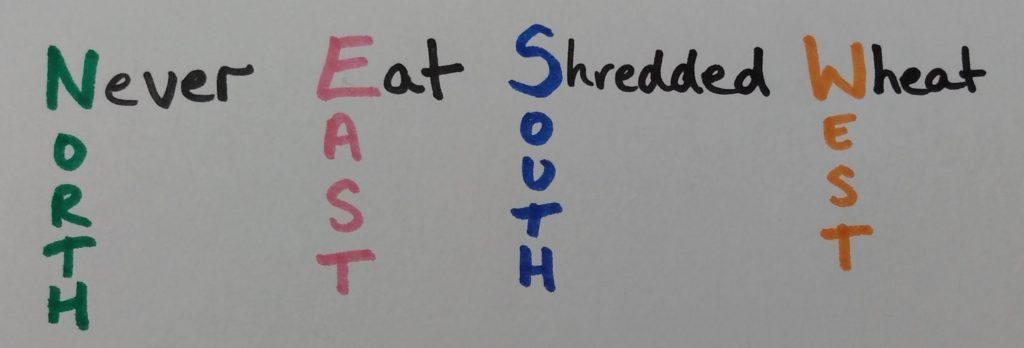

Practice makes perfect, so now it’s time to head off on an adventure and start using that compass. We went to our local park which has plenty of space and lots of paths going in different directions. When we reached a junction, instead of saying ‘Left’, ‘Right’, or ‘Straight on’, I gave the compass point instead, e.g. ‘Go West’. My children looked at the compass and figured out the direction they needed to take. We wandered all over the park so that we could try out all the different compass points. Make sure to hold the compass flat so that the needle can spin freely.
You can also let your children set you a challenge, using the compass to tell you which way to walk.
My children are quite young, so for intermediate points I just said something like ‘choose the path between North and West’. If you have older children, this could be a good moment to introduce North-West, North-North West, and even North by West, depending on how ambitious you are feeling!
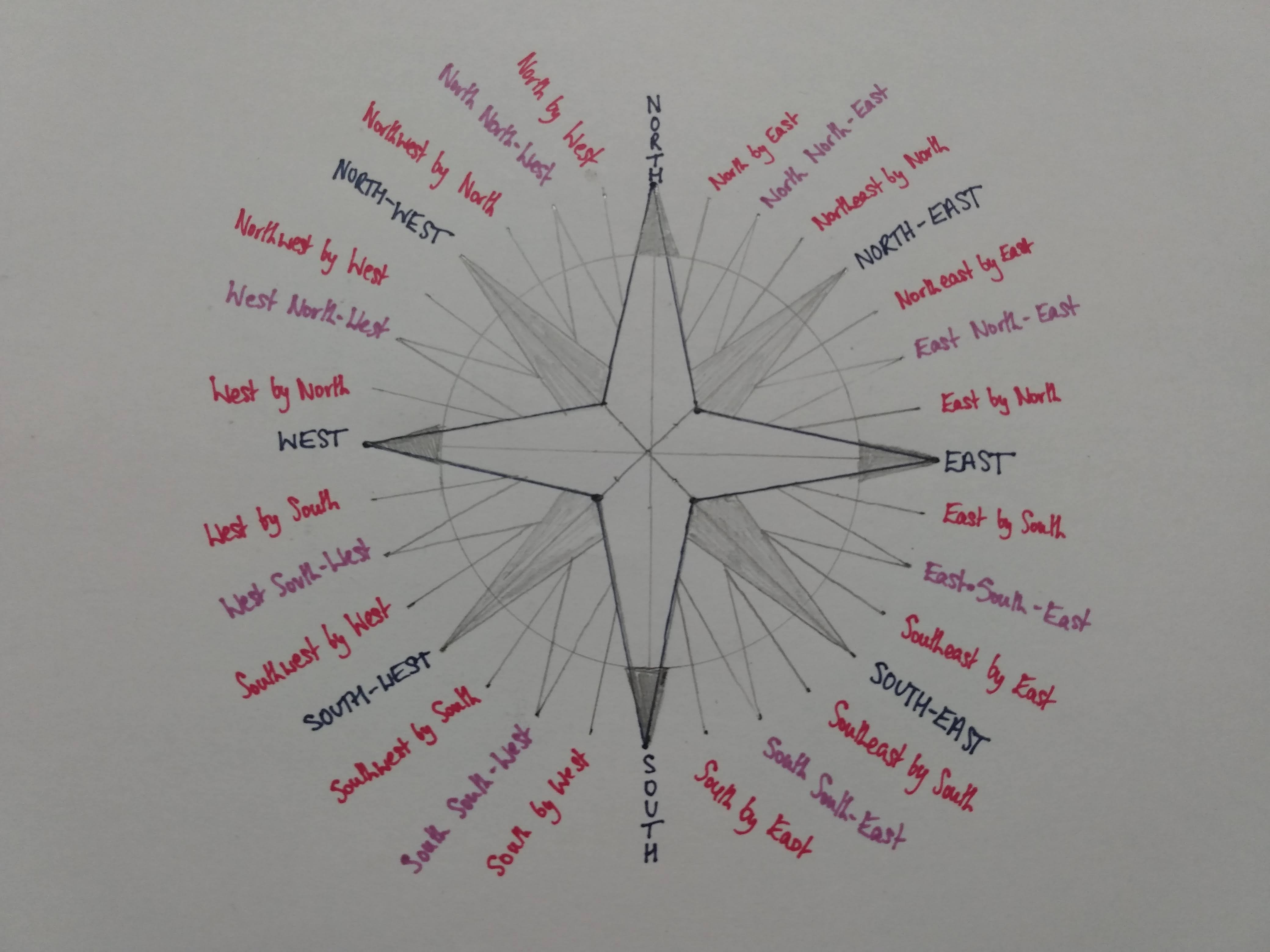

Want some more practice? Here are some challenges:
- What direction does your bedroom window face?
- In what direction does your street run?
- Find a local landmark – a crane, tall building or church spire. Use your compass to work out what direction it is in.
- On a windy day, look at the branches of a tree to see which way the wind is blowing. Use your compass to check the wind’s direction. Remember that the wind is named after the direction from which it came.

